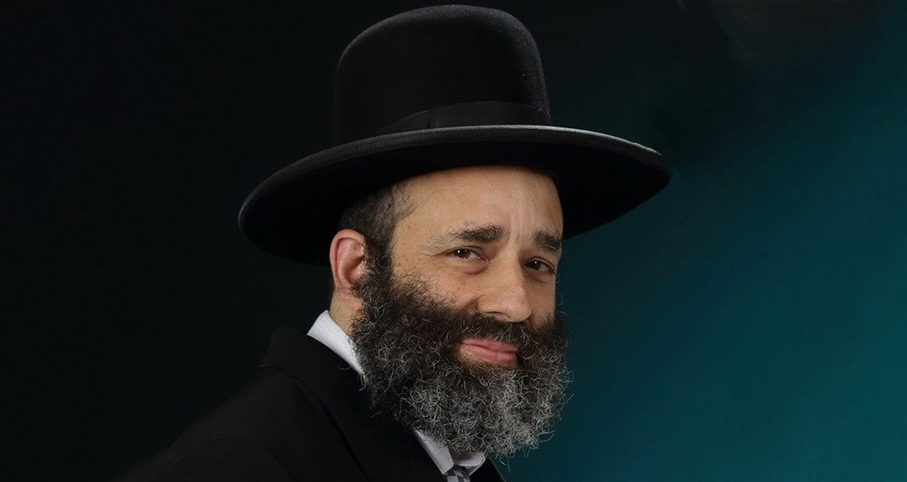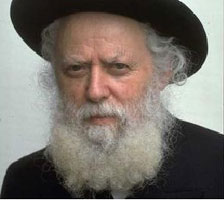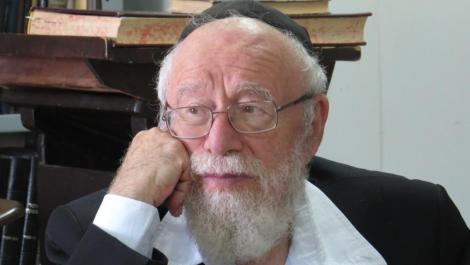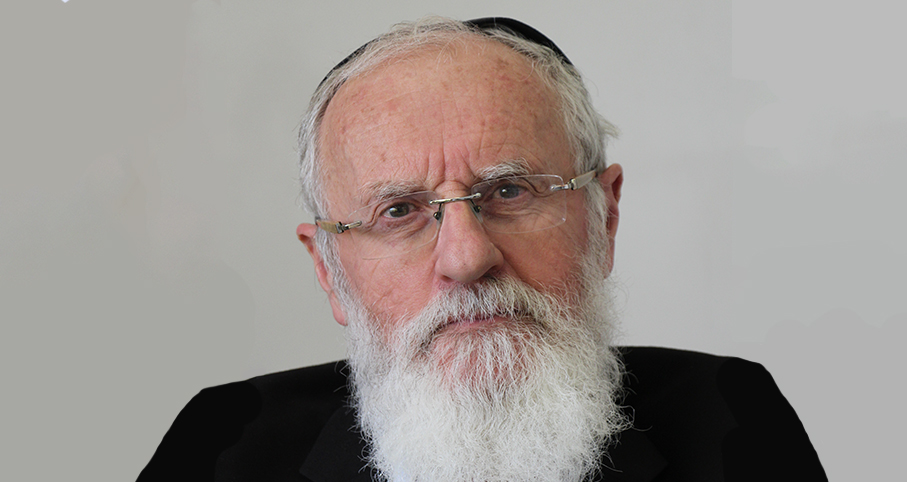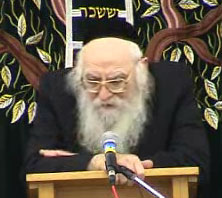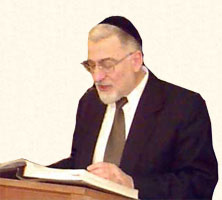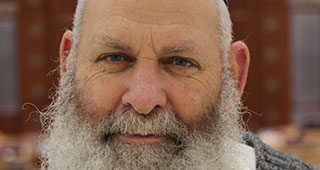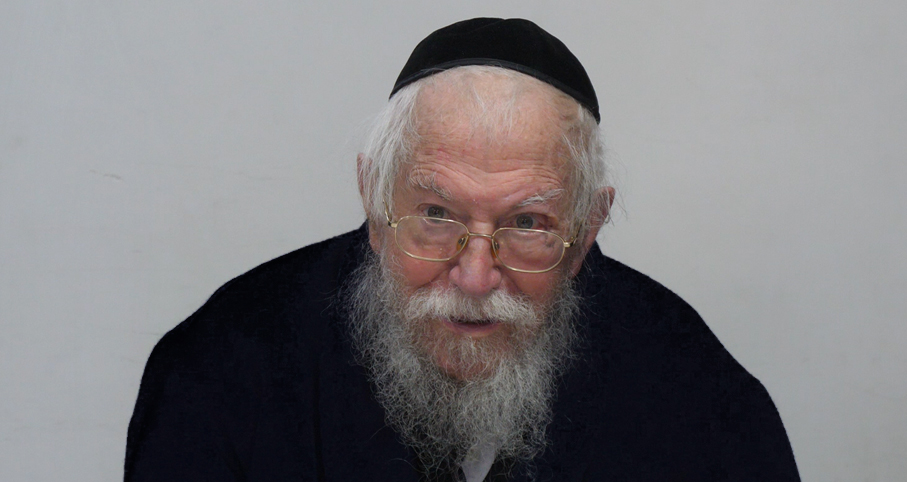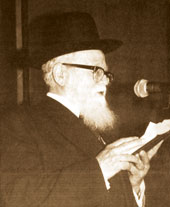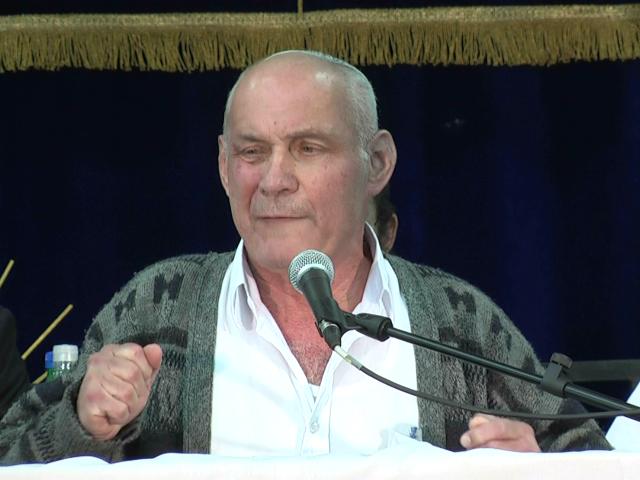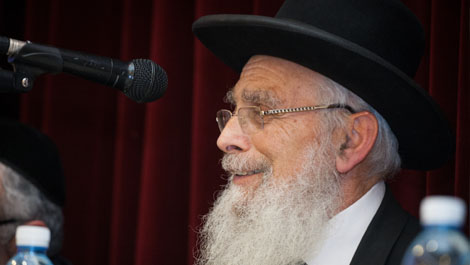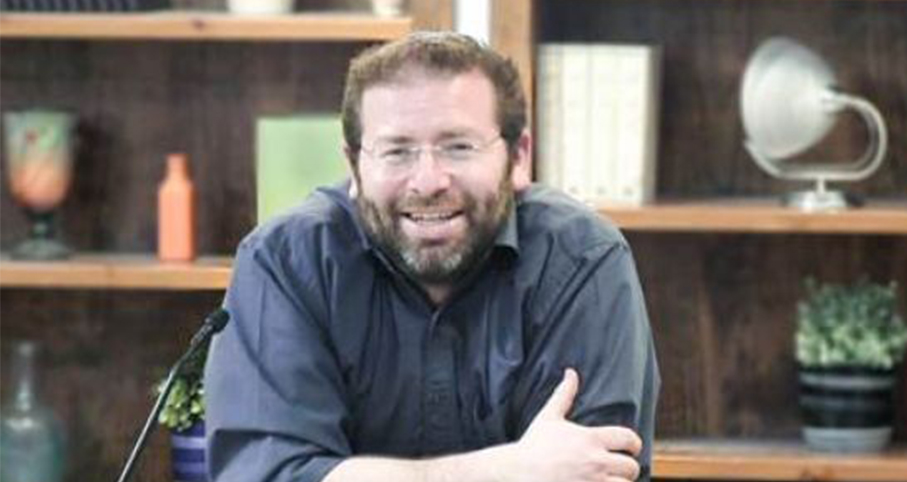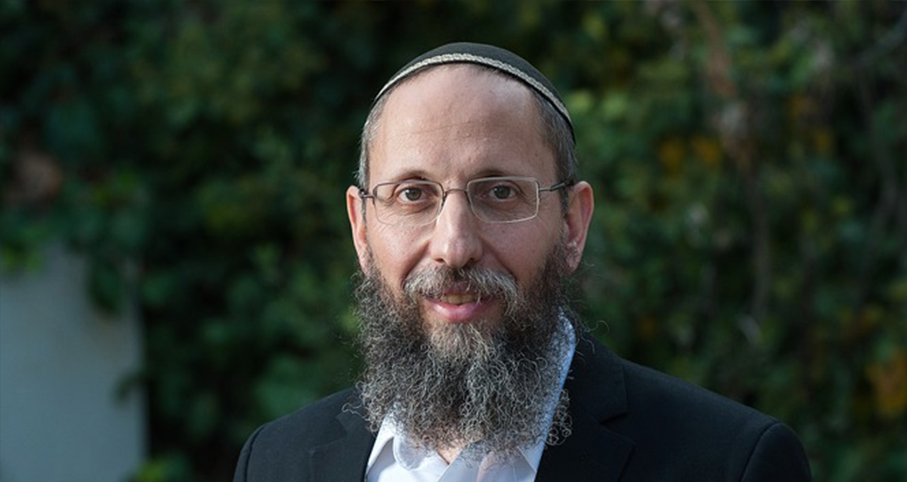Beit Midrash
- Sections
- Chemdat Yamim
- P'ninat Mishpat
Case: The plaintiff (=pl) is a lawyer (/owner of a law firm) who represented the defendant (=def), a wealthy businessman (/businesses he owned) in many matters, including several multimillion-shekel (attempted) purchases. Def paid pl more than 1.6 million shekels over 4 years, but pl claims that he is still owed more than 2 million shekels.
Issue #5: During the first year of the relationship, pl oversaw a very large and successful court victory (case #2), and there is a major dispute as to how much money he was due (the payment made was in installments). A few months later there was an undisputed obligation (case #4). Major payments were made over a period of time that could have related to either obligation. Pl claims that all of it related to case #2, and there is still a balance for case #4 (as the first payment relating to #4 was in 5/2007). Def suggests that some of the money given during that time was for case #4 (which fits with his claim that pl’s demand for case #2 is exaggerated).

P'ninat Mishpat (802)
Various Rabbis
381 - The Lawyer’s Rights to Full Fees from Reluctant Client – part II
382 - Lawyer’s Rights to Full Fees from Reluctant Client – part IV
383 - Lawyer’s Rights to Full Fees from Reluctant Client – part V
Load More
How does our case compare? When payments are made by bank transfer (as was done between pl and def), it is considered like witnesses, because the payment cannot be effectively denied. Def can then argue that some of the payments are like cases where we do not know if there was a second obligation, since obligation #2 may have been finished by the time some of the payments were made. However, since at one time there was an obligation, the creditor is sure he is still owed, and the debtor effectively is unsure whether he paid, we assume that debtor is still obligated (see Shulchan Aruch, CM 75:9).
In the final analysis, beit din relates all payments until Jan. 2007 to case #2. This conclusion is strengthened by the following point. Pl claims that the payment promised for case #2 was $250,000 plus $100,000 if he won the case. The claim presented by def’s attorney is 35,000 shekel, which is not logical for a case of the magnitude involved. In his interrogation, def admitted to have owed $150,000 for it, and this is supported by a key testimony (albeit of a biased witness). While there is insufficient evidence for beit din to obligate $350,000 for case #2, we conclude that at least unspecified payments at that period of time should all be related to that case.

P'ninat Mishpat: Smoking Rights in a Rental? – part III
based on ruling 85076 of the Eretz Hemdah-Gazit Rabbinical Courts
Beit Din Eretz Hemda - Gazit | Tishrei 5786

P'ninat Mishpat: Did Any Furniture Go to the Buyer? – part I
based on ruling 84093 of the Eretz Hemdah-Gazit Rabbinical Courts
Beit Din Eretz Hemda - Gazit | Kislev 5786

P'ninat Mishpat: Return of Down Payment Due to War – part II
based on ruling 84044 of the Eretz Hemdah-Gazit Rabbinical Courts
Beit Din Eretz Hemda - Gazit | Elul 5785

P'ninat Mishpat: Multiple Agreements and Parties – part II
based on ruling 80082 of the Eretz Hemdah-Gazit Rabbinical Courts
Beit Din Eretz Hemda - Gazit | Kislev 5786

Various Rabbis
Various Rabbis including those of of Yeshivat Bet El, such as Rabbi Chaim Katz, Rabbi Binyamin Bamberger and Rabbi Yitzchak Greenblat and others.

Can a Tzaddik Deteriorate?
5770

Moreshet Shaul: A Crown and its Scepter – part II
Based on Siach Shaul, Pirkei Machshava V’Hadracha p. 294-5
Av 5785

Following the Majority When the Minority Is More Knowledgeable
5771

